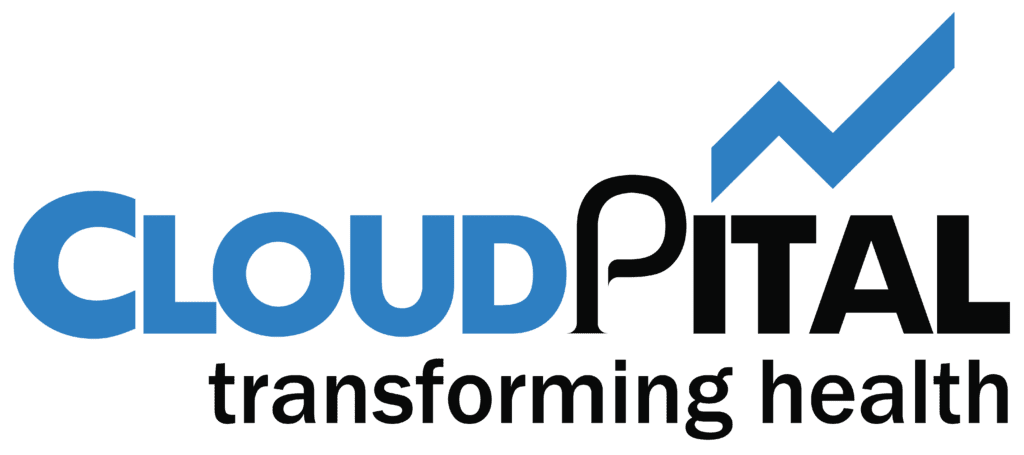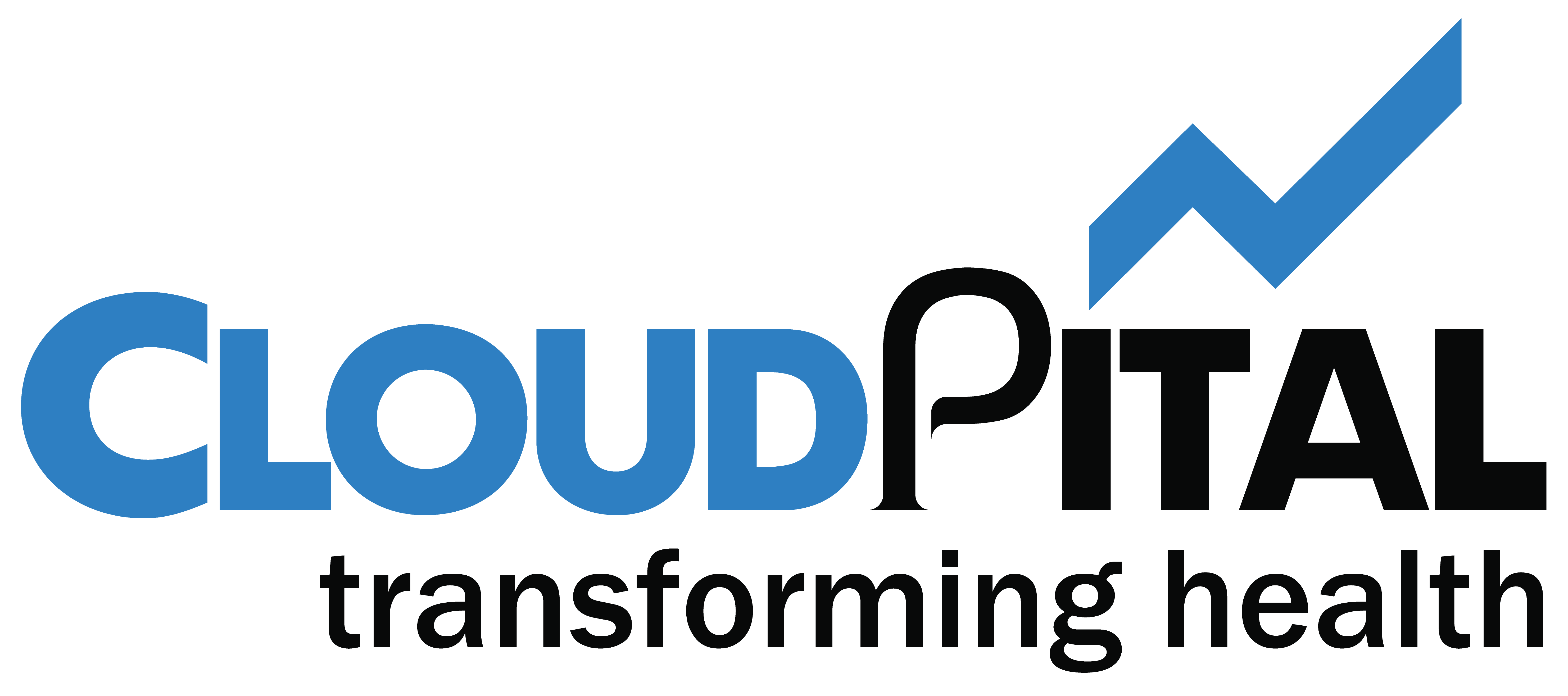Request Free Demo
Mobile#: +966547315697
Email: sales@bilytica.com
If your medical information is stored on the computer of your local doctor’s office, the answer is that the doctor owns and controls it. And in that case, none of your records is “exhaustive” or immediate access for providers outside of your doctor’s office.

Now, imagine that you suffer a heart attack or stroke while visiting relatives out of town. Naturally, the hospital or emergency department (ED) that sees you will call your doctor to request your records because you do not want to (give) a medication that will negatively interact with another medication you are taking or (b) order a laboratory test that already had, thus delaying the treatment until the result returns.
What usually happens next: the life-saving information stored on your doctor’s computer will probably be transmitted to the hospital by fax. Therefore, even if your information is entered into an EMR of an office, it is usually printed and sent by fax when another doctor or ED needs it.

But what happens if you get care from a group of doctors, for example, a multiple specialty medical group that shares a common EMR? In that case, your data is available to all doctors in that group. But when you need attention elsewhere, the same problem arises. Improbably enough, even doctors in other hospitals and emergency departments who use the same hospital management software generally cannot see your data without going through several, time-consuming steps. There is simply no convenient way to “deliver” your records to other doctors who may be taking care of you.
It is difficult to imagine that any consumer gives this control of their finances to a broker or banker. It’s your money and you want to manage it as you see fit. But in medicine, even though it is your life and your health, your information belongs to (and is controlled by) your health care provider.
https://www.youtube.com/watch?v=17wxU-LZduM
The structure and processes that now electronic medical record (EMR) software were created to benefit their manufacturers and buyers, not patients like you. EClinic software providers could easily open their software, connect their software (making them “integral”) and, therefore, facilitate access of all their care providers to their records. But they will not do it voluntarily.

Manufacturers of large eClinic Software do not want doctors to use integrated software, unless the only application used is yours. They fear what interchangeability between software would mean for their businesses. If health record providers allowed external developers to access the interface of their application program (also known as the API, a set of protocols and tools used in the new software development), all of their medical information could be combined into one system unique and comprehensive. This would be extremely beneficial for patients and doctors. But by doing so, it would be much easier for doctors and hospitals to switch from one manufacturer to another, thereby reducing what these powerful companies can charge for their software.
Services WE Offer:
-
Practice Management
- EMR
- EClinic
- Revenue Management
- Patient Referral Software
- Mobile Health
- Patient Portal
- Telemedicine EMR
- Appointment Management
- Registration and Inquiry
- Specialty EMR
-
Hospital
- Hospital Management
- EMR
- Laboratory Software
- In Patient ADT Management
- Radiology Machine Interfacing
- Pharmacy Software
- Duty Roster
- Nursing & Wards Management
- Pathology Lab Software
-
Enterprise
- Enterprise HR & Payroll
- Enterprise Billing
- Financial Accounting
- PACS & Radiology ( RIMS)
- Operation Theatre Management
- Bed Census Software
- Casualty & Emergency
- Inventory & Warehouse

